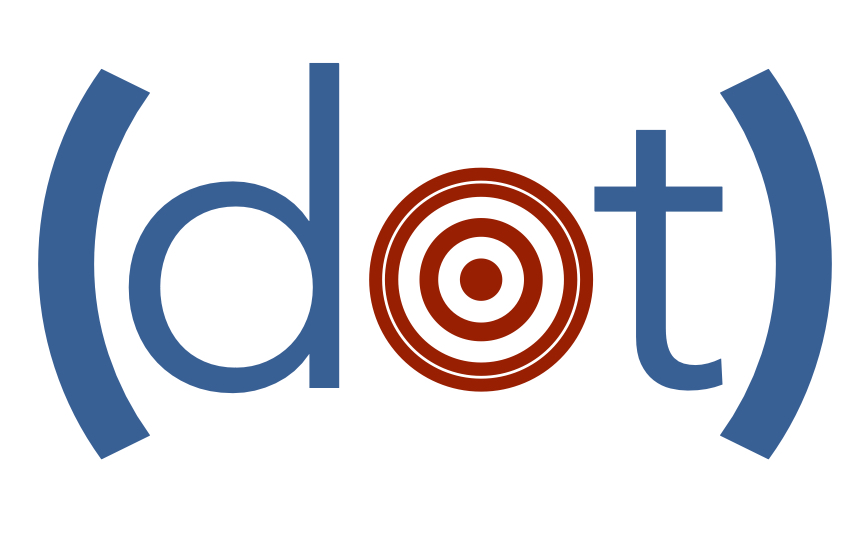
Gender Mainstreaming: What’s in a Concept? | (dot)gender

(dot)gender | A space by LORENA STELLA MARTINI
Gender mainstreaming was firstly announced as the global strategy to promote gender equality during the Fourth World Conference on Women which took place in Beijing in 1995. Since then, it has been adopted by UN bodies, international organizations, European institutions, single countries and private sector as a commitment to eliminate the gender gap and achieve gender equality. This shall be done by «assessing the implications for women and men of any planned action, including legislation, policies or programmes, in all areas and at all levels» (UN-ECOSOC, Agreed conclusions, 1997/2).
Indeed, according to the European Institute for Gender Equality (EIGE), gender mainstreaming «involves the integration of a gender perspective into the preparation, design, implementation, monitoring and evaluation of policies, regulatory measures and spending programmes, with a view to promoting equality between women and men, and combating discrimination».
As such, a gender perspective shall be integrated in each phase of the policy-making cycle, from the initial gender analysis to the final evaluation carried out through gender-sensitive indicators. In this framework, two are the main dimensions that need to be taken into consideration: equal representation both within the policy process and among policy beneficiaries; a gender responsive content accounting for the structural gender inequalities that are inherent in all of our societies, so as not to project and implement a gender-blind policy.
This gender-integrated approach shall also be accompanied by a so-called gender-targeted approachdesigning specific interventions whose beneficiaries are women and girls: this is what UN Women defines a dual track strategy for gender mainstreaming.
Gender mainstreaming is not only a strategy to avoid the future enforcement of gender discrimination when crafting new policies, but it also aims at analyzing the current situation in order to detect actual sources of inequality and progressively overcome them.
Useful sources about gender mainstreaming and its implementation:
– EIGE’s platform on Gender Mainstreaming
– A UN Women guide on Gender Mainstreaming
– A guide on Gender Mainstreaming by the UN Sustainable Development Group